After more than two decades in the business of benefits, what I have come to learn is the value of consultancy when it comes to clarity. We see our role as the instrument to remove artificial barriers, to align with the successful outcome as defined by the organization by using a plain language approach. So, I wonder why so many folks in the benefit world continue to rely so heavily on a “marketing” as the best first approach for a client interested in a benefit plan for their employees?
Sure price is important. But what are you pricing if you haven’t stopped to understand the coverage and all the available options. Should we not first try to understand why an organization either wants to implement a plan or if they have an established program, what they like or don’t like about it?
What is the ultimate purpose of the plan? What is the motivation for paying for a benefit plan?
· Is it attraction?
· Retention?
· Engagement?
· Compensation?
Benefits are a large financial investment that should not be taken lightly without considering all of the applicable metrics.
Has the customer journey been mapped with the employee journey to understand the value to productivity flow which can be achieved through the understanding of this overlap? For instance, if you have a segment of your employees expected to be on their computers all day and there is no access to vision care either via the base plan or a health spending account, will it impact their productivity if their vision is impaired and they cannot afford to access adequate coverage with their after-tax income? It is important to look at the intersections, the needs and wants and how to accommodate these measures on a workable budget.
Benefits are never a set it and forget it line item. Re-engagement is paramount. It’s not enough to espouse all of the wonderful details of why an employee should choose to work for your organization only at the time of hire only to never mention it again. Employee communication outlining the many benefits is a standardized must for continued buy-in to the “benefits” of the plan. Converse often.
Benefits are not a commodity. If the cost of a plan falls decisively in the expense category without ever considering the return on investment, then the program is sabotaged before it even gets off the ground.
Once all of this is aligned, price will follow because all of the knowns have been processed. Even when a plan has been established for a while, when all of the variables are taken into consideration, modifications can be completed with ease and to the mutual benefit of both employer and employee.
To do a marketing without considering all of the options will set a plan up for ultimate alignment failure and cost the company more money in the end as they strive to fix and patch work a program without all of the necessary information for a proper build.
We’d be pleased to engage in a meaningful conversation. Give us a call.
Disclaimer: Please note that the information provided, while authoritative, is not guaranteed for accuracy and legality. The site is read by a world-wide audience and employment, taxation, legal vary accordingly. Please seek legal, accounting and human resources counsel from qualified professionals to make certain your legal/accounting/compliance interpretation and decisions are correct for your location. This information is for guidance, ideas, and assistance.
Did you enjoy this article? It may a “benefit” to have a chat, or at least subscribe to our newsletter.
Disclaimer: Please note that the information provided, while authoritative, is not guaranteed for accuracy and legality. The site is read by a world-wide audience and employment, taxation, legal vary accordingly. Please seek legal, accounting and human resources counsel from qualified professionals to make certain your legal/accounting/compliance interpretation and decisions are correct for your location. This information is for guidance, ideas, and assistance.





